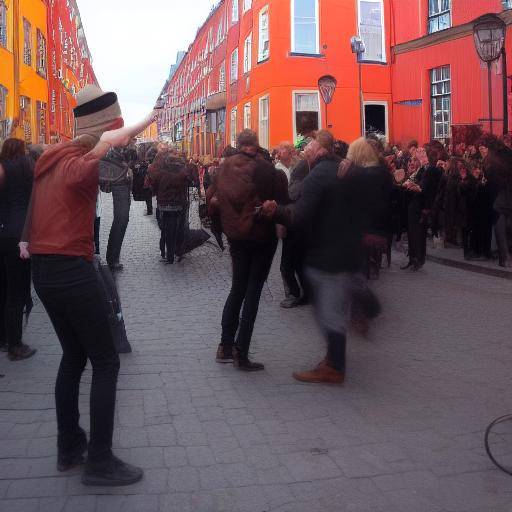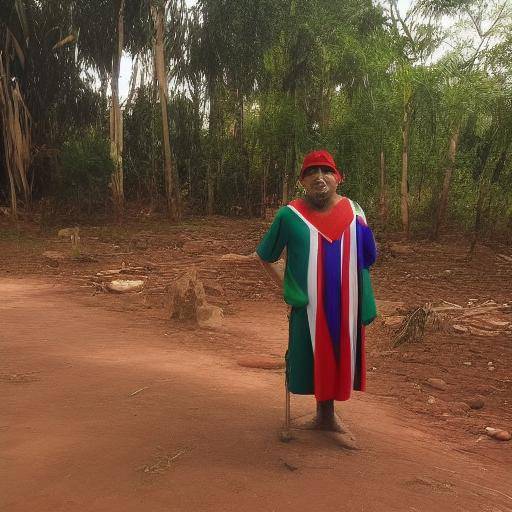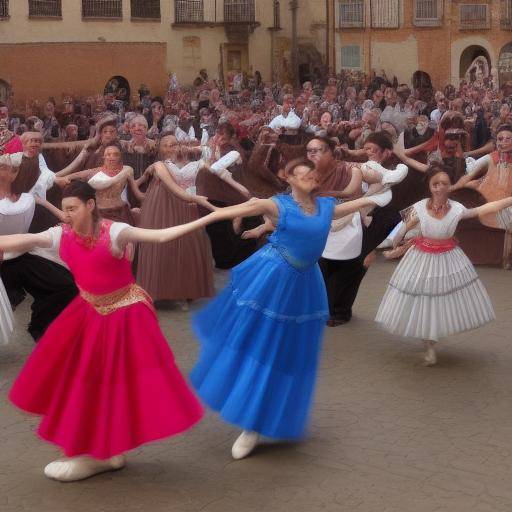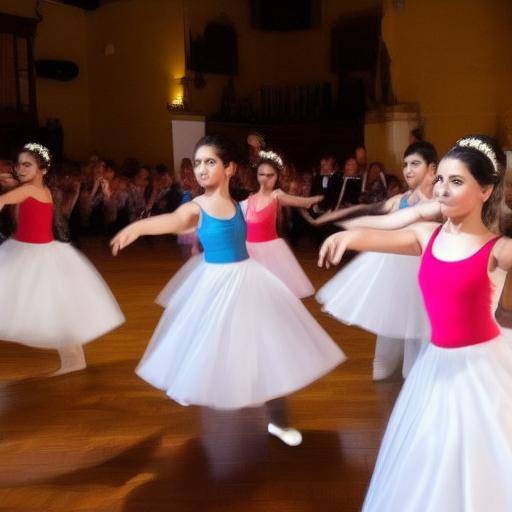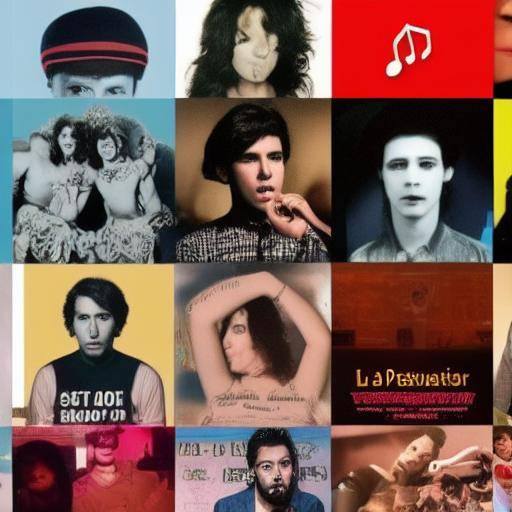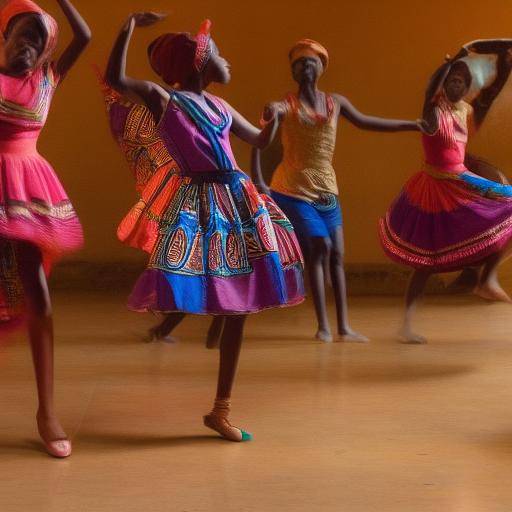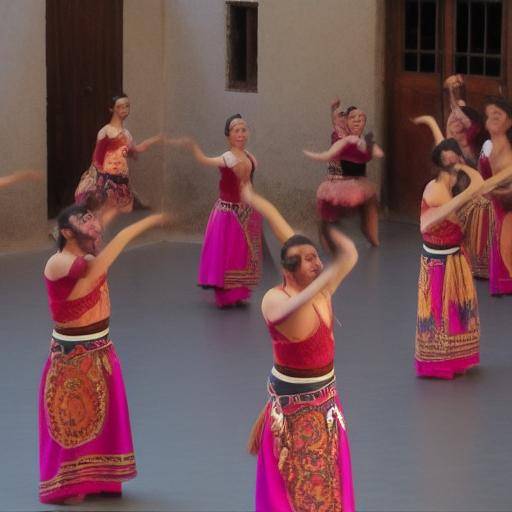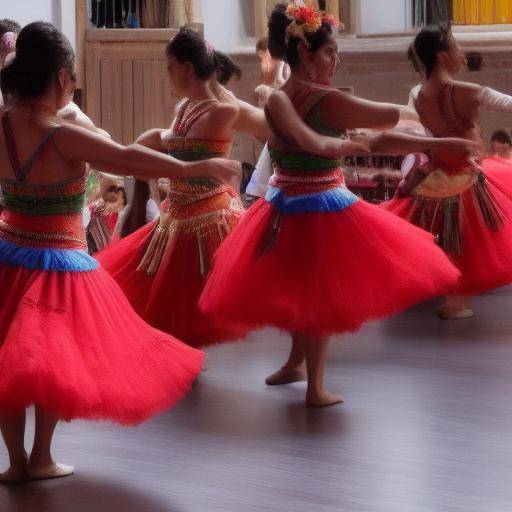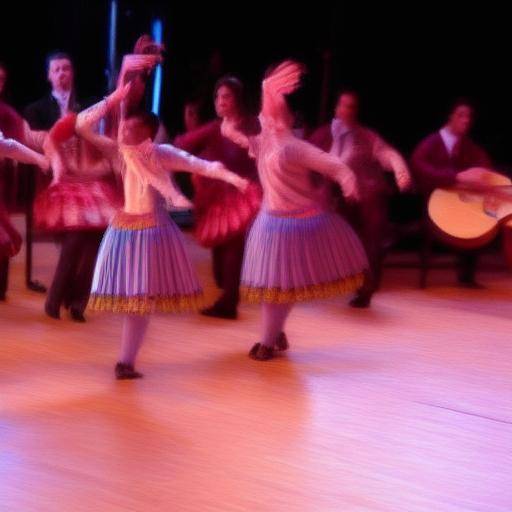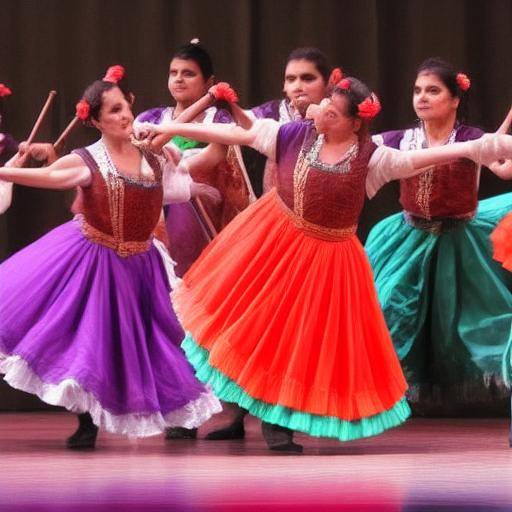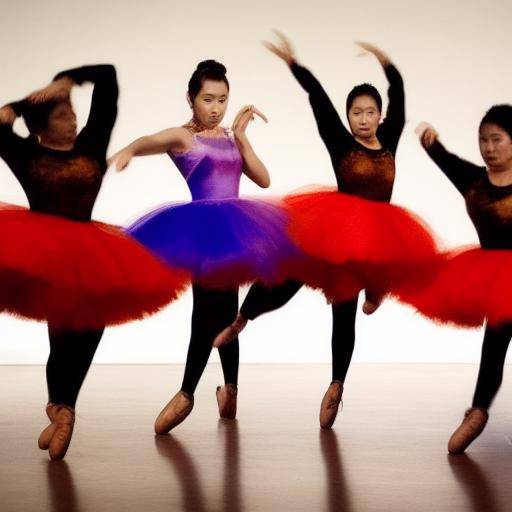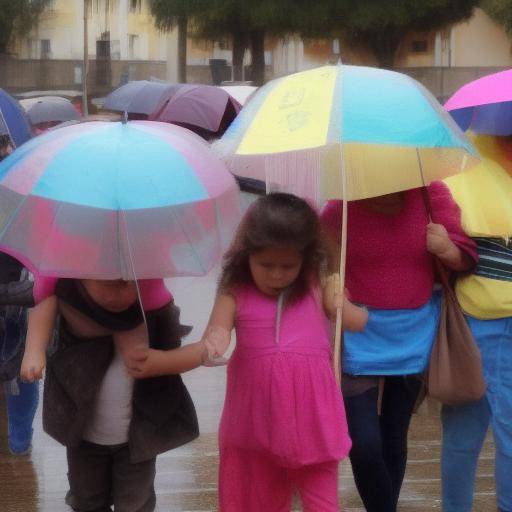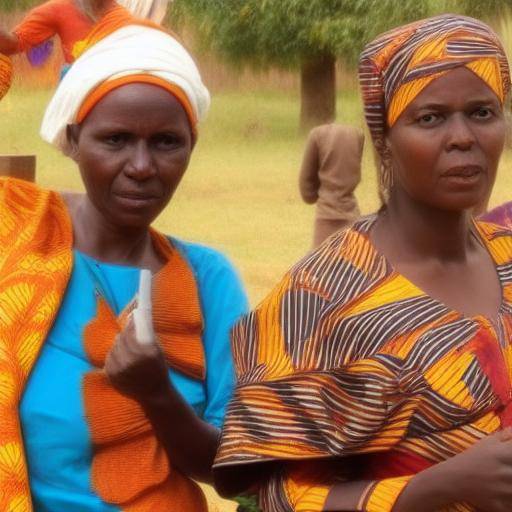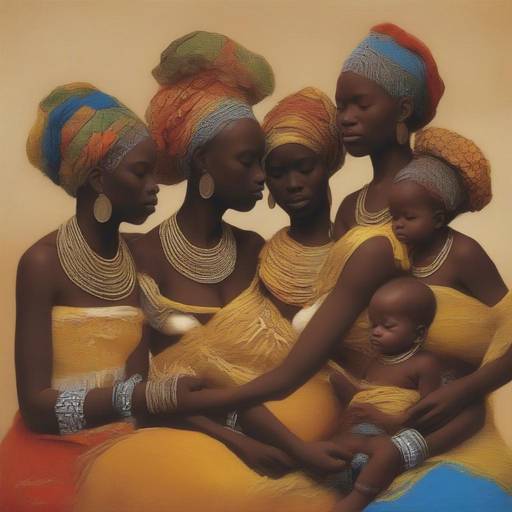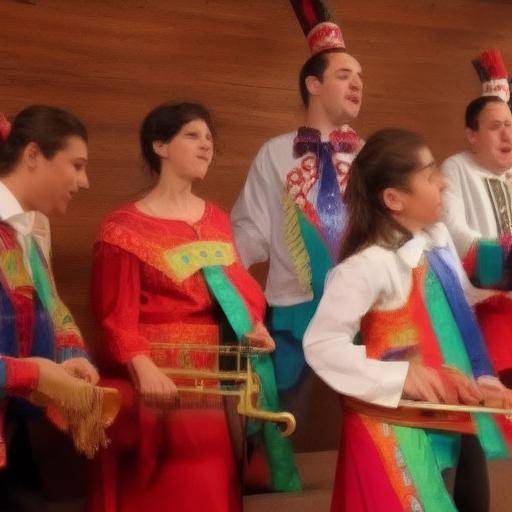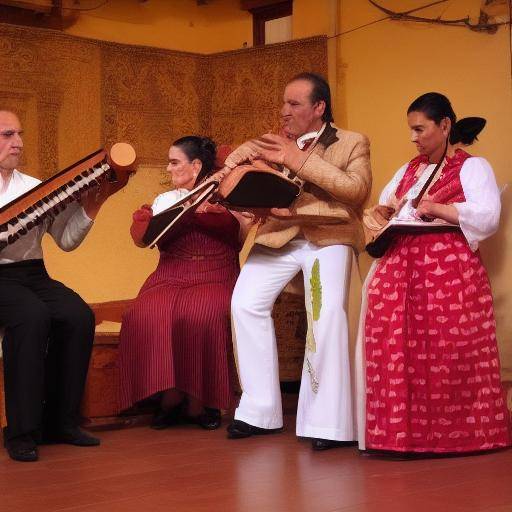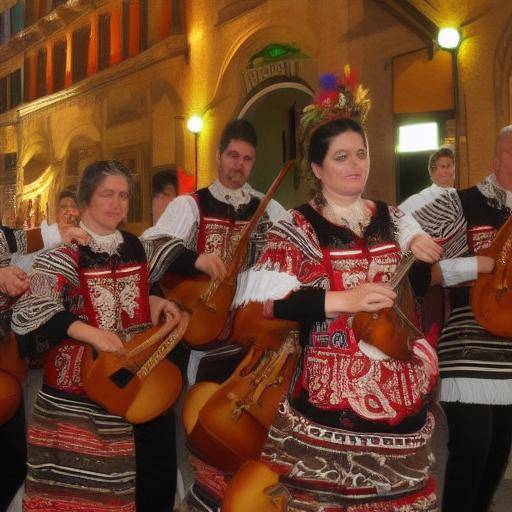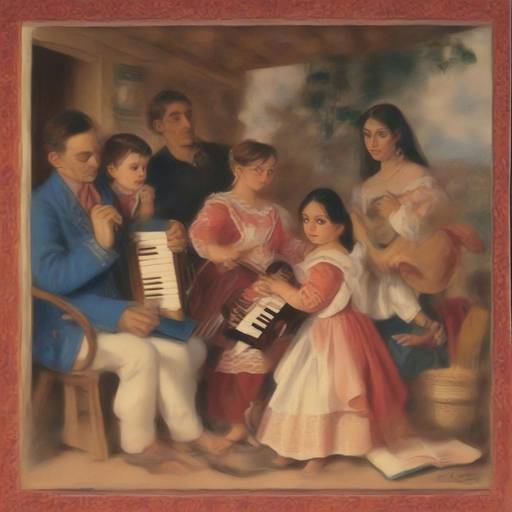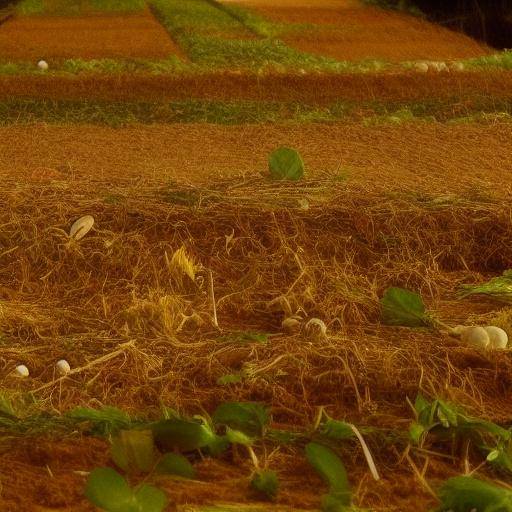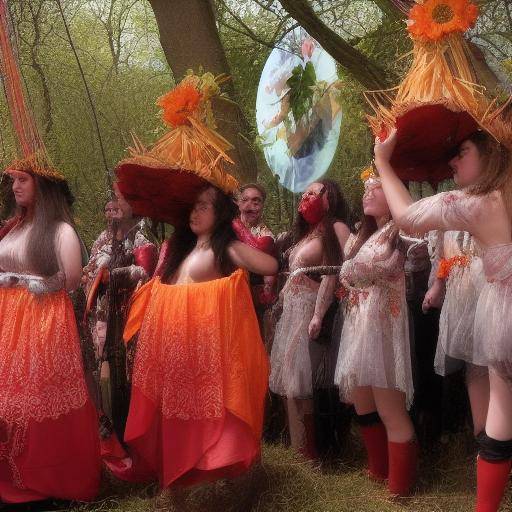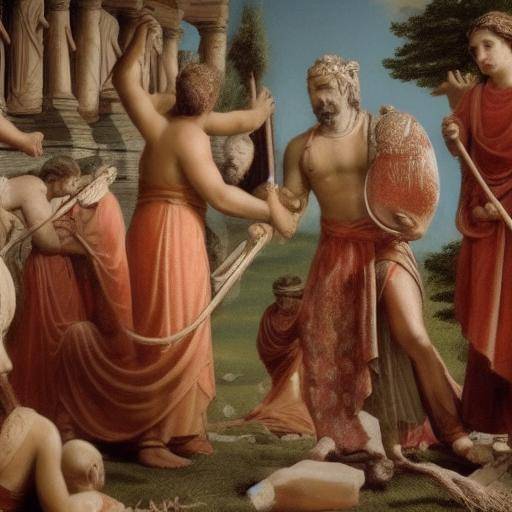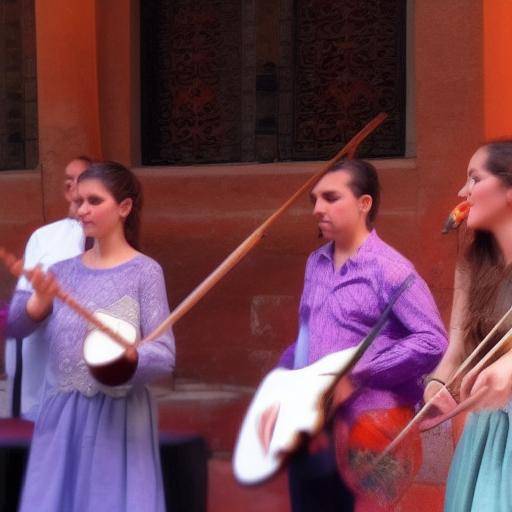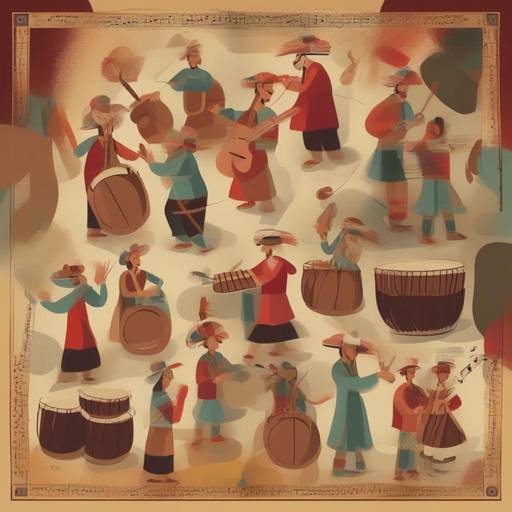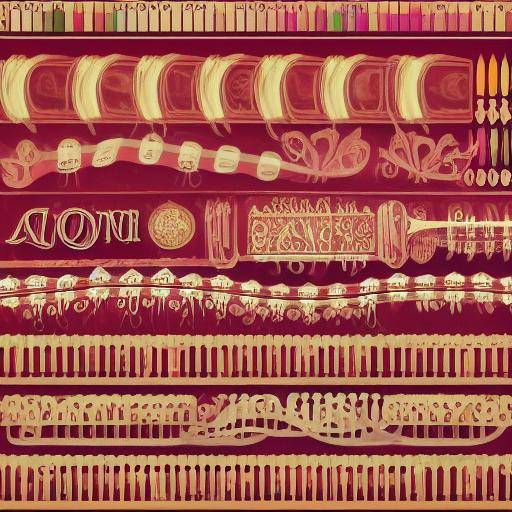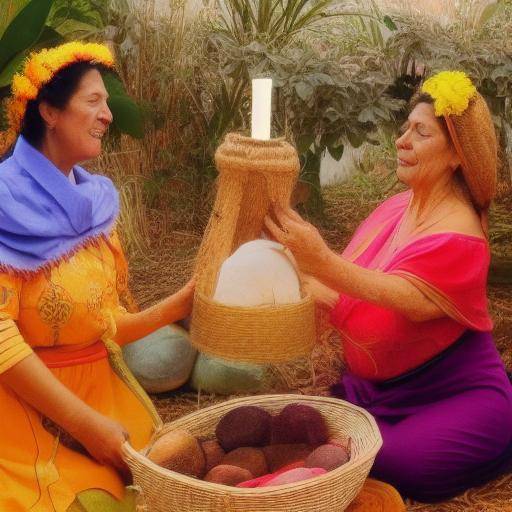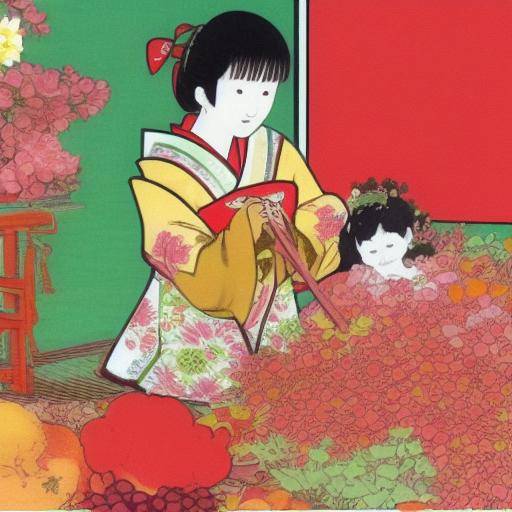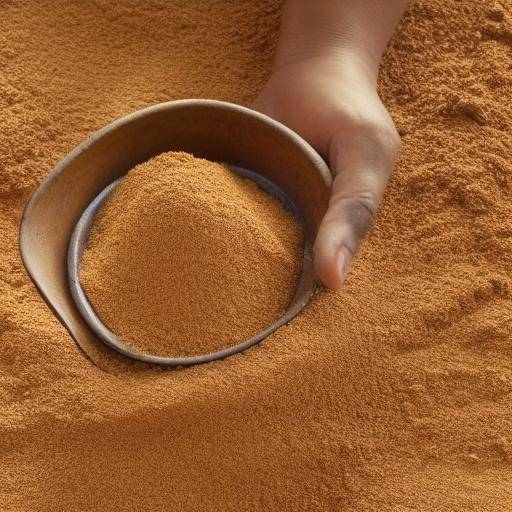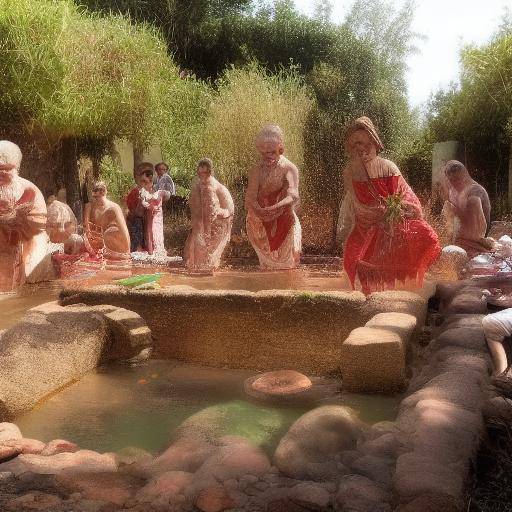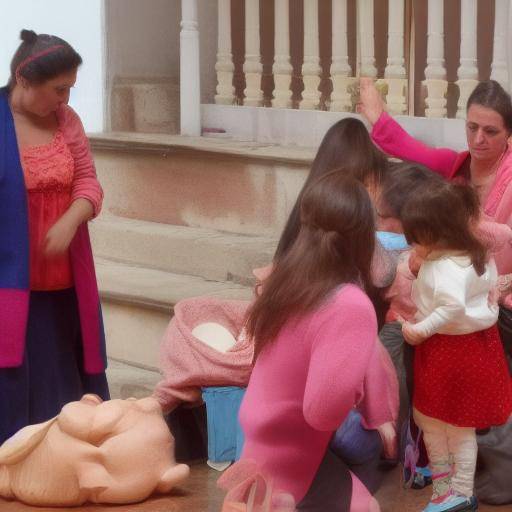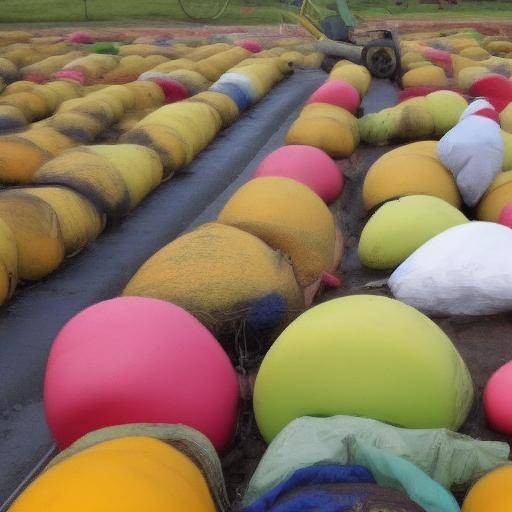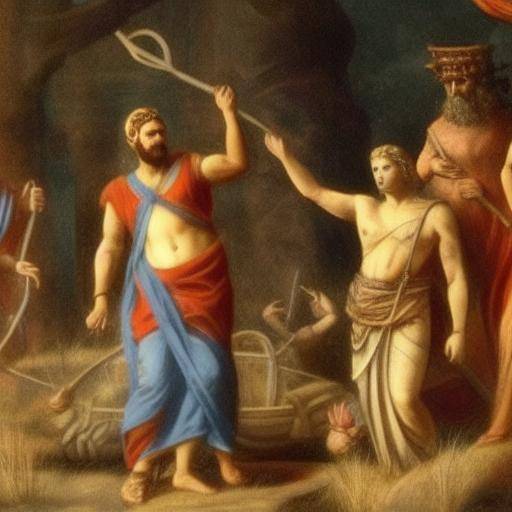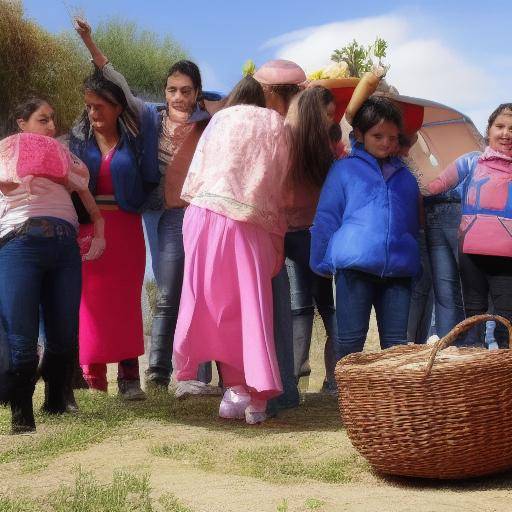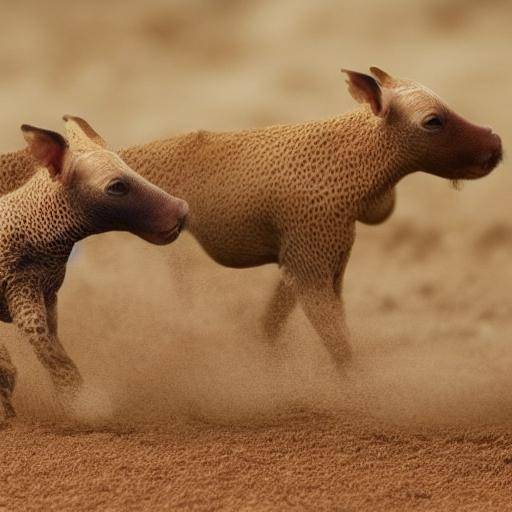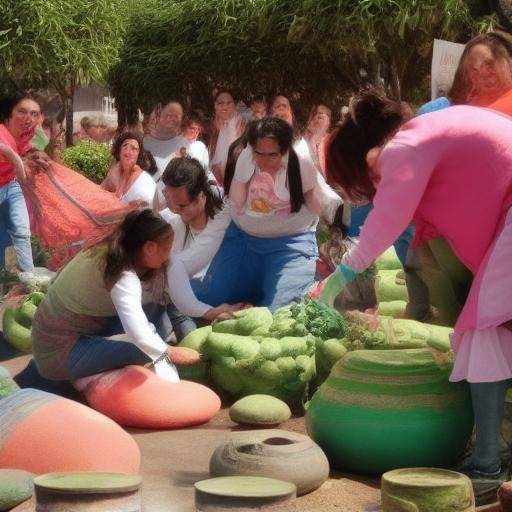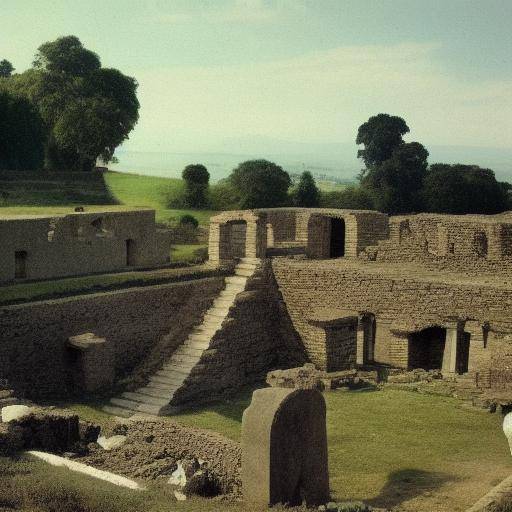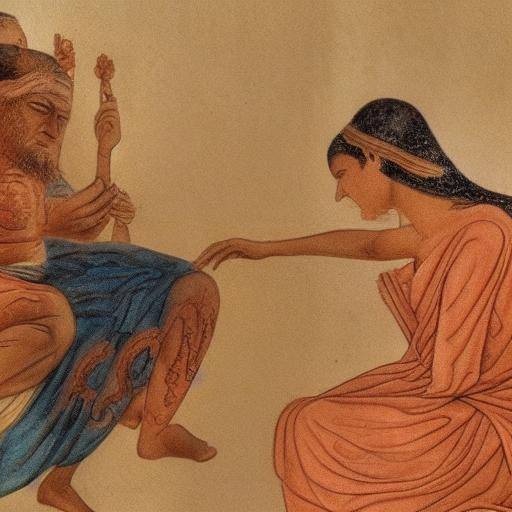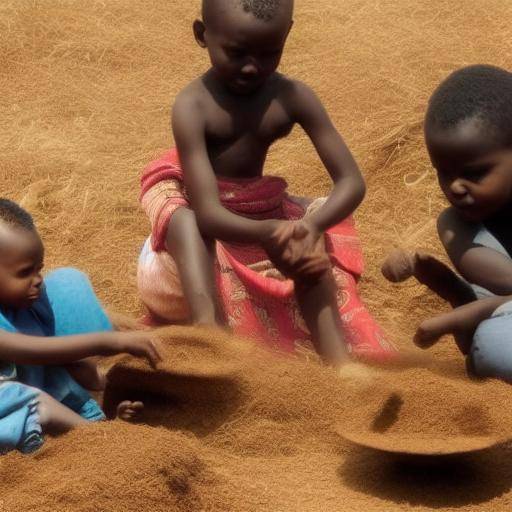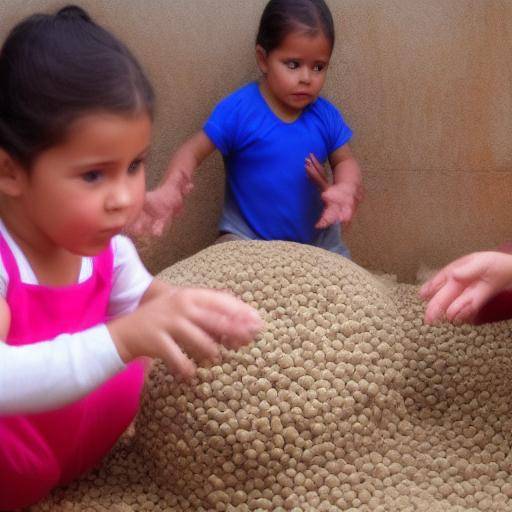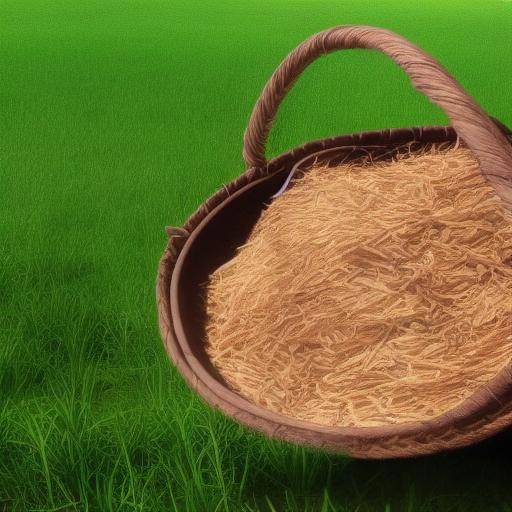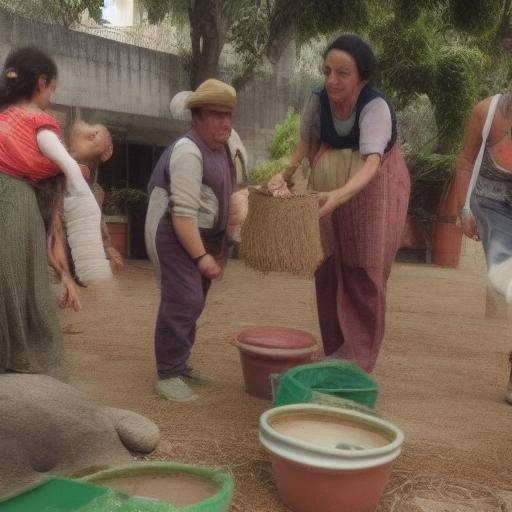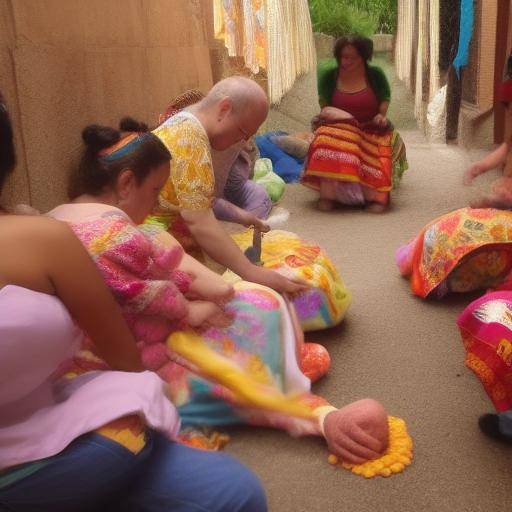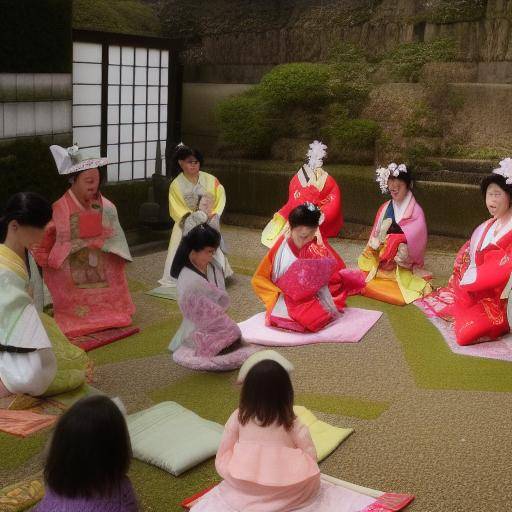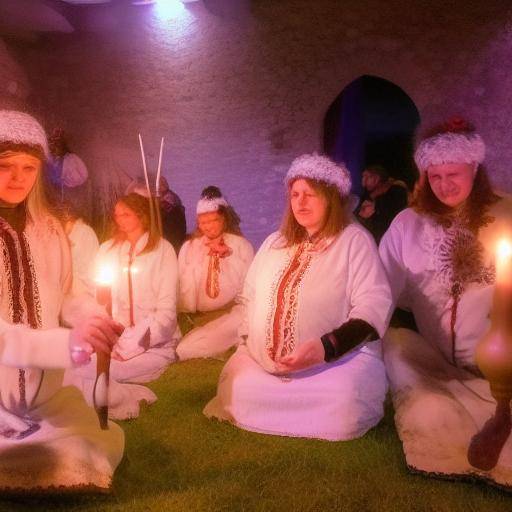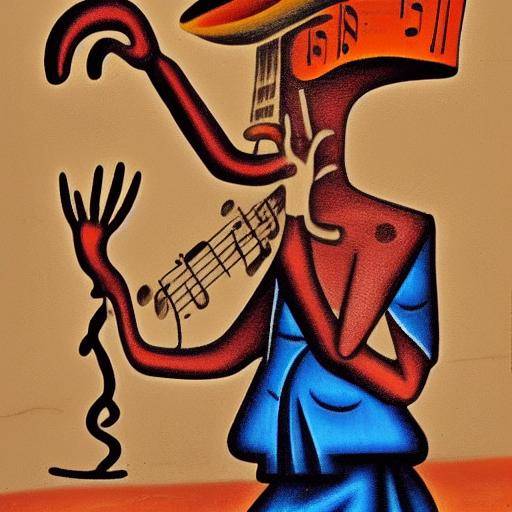
Kokopelli is a legendary figure rooted in the mythology and folklore of the Native Americans, specifically in the cultures of the southwest of the United States. His image, which represents fertility, music and trade, has transcended borders and time, becoming an iconic and fascinating symbol. In this article, we will explore the various facets of this enigmatic deity, from its origin and evolution to its relevance today. In addition, we will analyze how the concepts of fertility, music and commerce intertwine through the Kokopelli figure, revealing the cultural wealth and meaning that encloses. Join us on this journey through the history, art and spirituality of Kokopelli!
History and Background
The Kokopelli, whose name derives from the languages of the Native Americans of the Southwest, has its roots in ancient times, when the indigenous tribes venerated this mysterious character as a symbol of fertility and abundance. It is represented with a hump that often carries a flute, symbol of joy and music. The first performances of the Kokopelli date back more than a thousand years ago, finding themselves in the rock art, ceramics and textiles of the ancient civilizations that inhabited the region.
Meaning and Symbolism
Kokopelli is considered a symbol of fertility, not only in the biological sense, but also in broader aspects such as the fertility of the earth, of ideas and of life itself. Their presence is associated with the promise of abundance, prosperity and renewal, vital aspects for the agricultural and livestock communities of the region. His flute also evokes joy and music, inviting celebration and joy.
Analysis in Deep
The impact of Kokopelli transcends cultural boundaries and remains relevant today. The Kokopelli image has been adopted not only by native American communities, but also by artists, musicians and traders from around the world. The Kokopelli iconography has become an emblem of multiculturalism, resonating with people from different backgrounds.
Trade and Crafts
Kokopelli has been a central element in the trade in crafts and cultural products inspired by Native American culture. From jewelry to home decoration, the Kokopelli figure has transcended its original meaning, becoming a symbol of commercial exchange and cultural interconnection. Its image has become a bridge between ancestral traditions and the contemporary world, generating an important economic flow for artisanal communities.
Music and Celebration
The Kokopelli flute symbolizes music and joy, and its image has been associated with festive events, concerts and celebrations of various kinds. The influence of this figure in contemporary music and art is remarkable, showing its ability to transcend temporary and space barriers. Musical bands, artists and dancers have incorporated their image and symbolism into their works, thus enriching artistic expression.
Comprehensive review
The Kokopelli, as a multifaceted symbol, has been the subject of various interpretations and uses in different fields. His presence in popular culture, art and trade reflects the capacity of this figure to adapt and evolve over time. Then we will explore further how these elements intertwine in the context of the Kokopelli.
Confluence of Concepts
Kokopelli embodies the union of fertility, music and trade, symbolizing the interdependence of these aspects in human society. Fertility represents the life cycle, renewal and abundance; music evokes joy and concelebration; and trade, as a means of exchange and connection between different cultures. This confluence of concepts in the Kokopelli figure highlights the complexity and wealth of human interactions, both culturally and economically.
Benefits and Challenges
The presence of Kokopelli in commercial and artistic contexts has provided opportunities for the diffusion of Native American culture, as well as for the economic livelihood of artisanal communities. However, it has also generated debates around cultural appropriation and the authenticity of representations. It is important to consider these implications by assessing the impact of Kokopelli on the field of contemporary trade and creativity.
Comparative analysis
By comparing the concepts of fertility, music and trade in the context of Kokopelli, there are interesting parallels and contrasts. The interrelationship of these elements reveals fundamental aspects of human experience and how these aspects intertwine in the Kokopelli figure.
Fertility and Abundance
Fertility, represented by Kokopelli through its hump, transcends mere biological reproduction. It manifests itself in the fertile land, in the flow of creativity and in the capacity of renewal. This notion of fertility is intertwined with the idea of abundance, both material and spiritual, highlighting the importance of connection with nature and the life cycle.
Music and Expression
Music, personified in the Kokopelli flute, is a means of expression and communion. This element symbolizes the human capacity to create beauty, joy and harmony through sound art. Music, like fertility, is a bridge between humans and the natural world, enriching human experience and fostering celebration and joy.
Trade and Connection
Trade, represented in the Kokopelli trade performances, reflects the economic and cultural interaction between different communities. Through the exchange of goods and products, weave a network of commercial relations that transcends geographical and cultural barriers, enriching the social and economic fabric.
Practical Tips and Accessible Recommendations
For those interested in further exploring the meaning and influence of Kokopelli in the concepts of fertility, music and trade, here we offer some practical advice and actionable recommendations to get into this fascinating cultural arena.
- Visit art galleries and shops specializing in Native American crafts to appreciate the diversity of Kokopelli representations and their meaning.
- To attend cultural events that celebrate music and dance inspired by the Kokopelli tradition to experience joy and artistic expression.
- Investigate the history and evolution of Kokopelli through academic and anthropological resources to better understand its cultural legacy.
- Support artists and artisans who are inspired by the symbolism of Kokopelli, thus contributing to the preservation of contemporary traditions and creativity.
Conclusion and Frequently Asked Questions
In conclusion, Kokopelli emerges as an extraordinary figure that encapsulates the vitality of fertility, the joy of music and the interconnection of trade. His influence endures over time, resonating in different spheres of human experience. By exploring these intertwined concepts through the prism of Kokopelli, a network of meanings and interactions is revealed that enrich our understanding of the world we inhabit.
Frequently asked questions
What is the origin of Kokopelli and its meaning in Native American cultures?
The Kokopelli has its roots in the ancient cultures of the southwest of the United States, where it was venerated as a symbol of fertility, music and joy.
Why is Kokopelli considered a symbol of trade?
Kokopelli has become a symbol of cultural and economic exchange due to its representation in artisanal products and its influence in the commercial sphere related to Native American culture.
What is the relationship with the Kokopelli figure?
Music is closely linked to Kokopelli, as this character is represented by playing a flute, symbolizing joy, celebration and artistic expression.
How has Kokopelli's representation evolved in contemporary art and music?
The Kokopelli figure has inspired contemporary artists and musicians, bringing their symbolism to new artistic expressions that reflect both their original meaning and new interpretations.
What is the importance of Kokopelli in the practices of fertility and agriculture of Native American cultures?
Kokopelli has a profound significance in the practices of fertility and agriculture, being associated with the promise of abundance and prosperity in the agricultural communities of native American cultures.
How can I incorporate the symbolism of Kokopelli in my day to day?
You can incorporate the symbolism of Kokopelli through decorative objects, music inspired by its figure and participation in cultural events that celebrate its legacy.
In short, the Kokopelli embodies the essence of fertility, music and trade, offering a unique vision of the interconnection of these concepts in history and culture. His legacy remains a reminder of the wealth and diversity of human traditions, transcending borders and generations.

